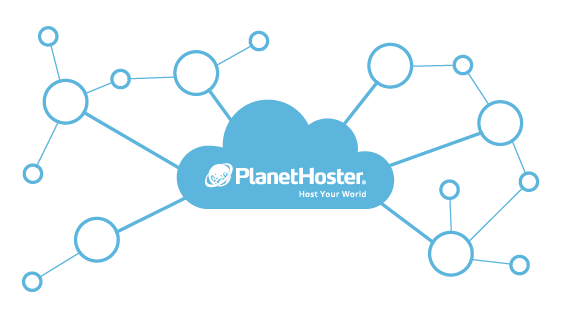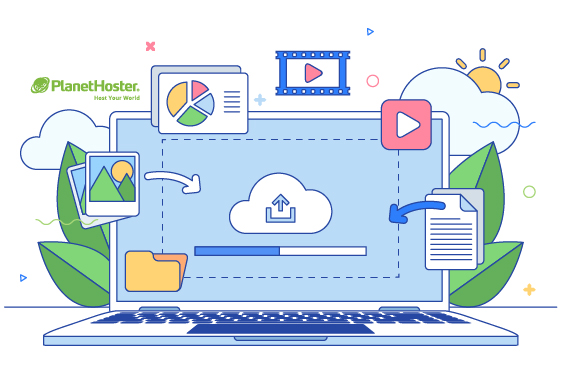The term cloud computing has become something of a buzzword in recent years. You will no doubt have heard about business migrating to the cloud, and you are likely to be a user of cloud storage yourself. But what is cloud computing, and where is the cloud? To answer these questions and more, here is everything you need to know about cloud computing.
What Is Cloud Computing?
The best definition of cloud computing is that it is the on-demand provision of computing services, including infrastructure, data storage, and software applications, usually over the internet. However, several different types of cloud computing fall into this definition.
Why is it Called the Cloud?
The term cloud is used because cloud computing is entirely free from geographical restrictions. A user can connect to cloud computing services at any time of the day, from any device, and from any location. Cloud computing can be thought of as a cloud of computer resources from which you can draw what you need when you need it.

Is Cloud Computing New?
Another way of describing cloud computing is the provision of computing as a service, which is an idea that is not entirely new. There were computer bureaus that provided mainframe services to companies as long ago as the 1960s.
Computing changed significantly, though, with the advent of cheap PCs and file servers. At that point, businesses began investing in hardware themselves because it was less expensive than renting mainframe time.
When the internet came into being, the concept of computing as service resurfaced in the much more flexible and adaptable form of cloud computing.
What Are the Different Types of Cloud Computing?
The term cloud computing covers a vast array of different types of services. If you use Gmail, for example, then you are using a cloud-based email service. If you use Microsoft OneDrive, you are using a cloud-based file-hosting service.
Business cloud computing solutions are usually broken down into three main types: Software-as-a-Service (SaaS), Infrastructure-as-a-Service (IaaS), and Platform-as-a-Service (PaaS).
- Software-as-a-Service (SaaS), describes the use of a cloud-based application, such as Microsoft Office 365, Salesforce and Zendesk.
- Infrastructure-as-a-Service (IaaS), is the on-demand rental of the underlying infrastructure that companies need, including filer servers, storage space, and networking.
- Platform-as-a-Service (PaaS) refers to the supply of the infrastructure provided by IaaS, plus the tools that would be needed to build a solution. Those tools might include database software, development tools, and system management tools.

What Are the Benefits of Cloud Computing?
The benefits of cloud computing can be summed up as greater flexibility and ease of use at a lower cost. Cloud computing services are supplied on an as-used basis. The services can be scaled up or down without any further capital investment or redundancy in hardware.
Because cloud computing is delivered over the internet, the services can also be accessed from any location. That flexibility allows for better collaboration, 24/7 access, and access from any device.
The other significant advantage of cloud computing is the reduction in support costs. Software and operating system upgrades, for example, will be taken care of by the service provider. And, in a fully managed cloud solution, support services will be provided as well.
Conclusion
In summary, cloud computing can be defined as the modern equivalent of the computer bureau model. It is the on-demand provision of computing as a service. Cloud computing provides a scalable, flexible solution for both consumers and businesses, and it removes the need for significant investment in hardware.